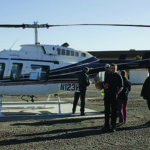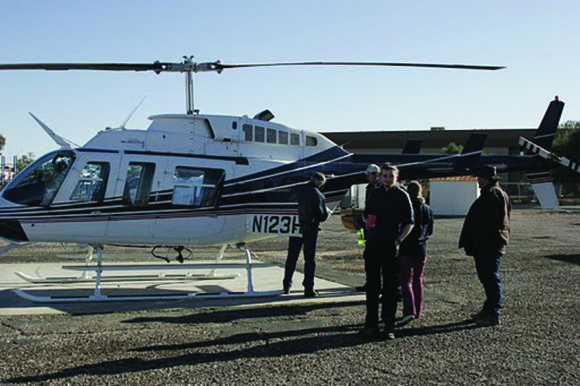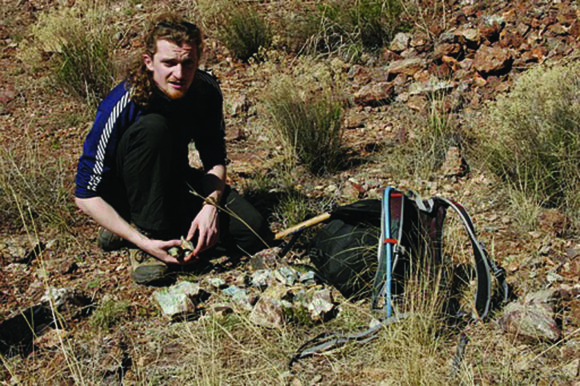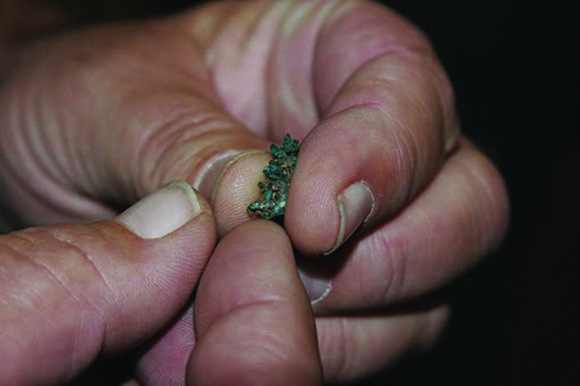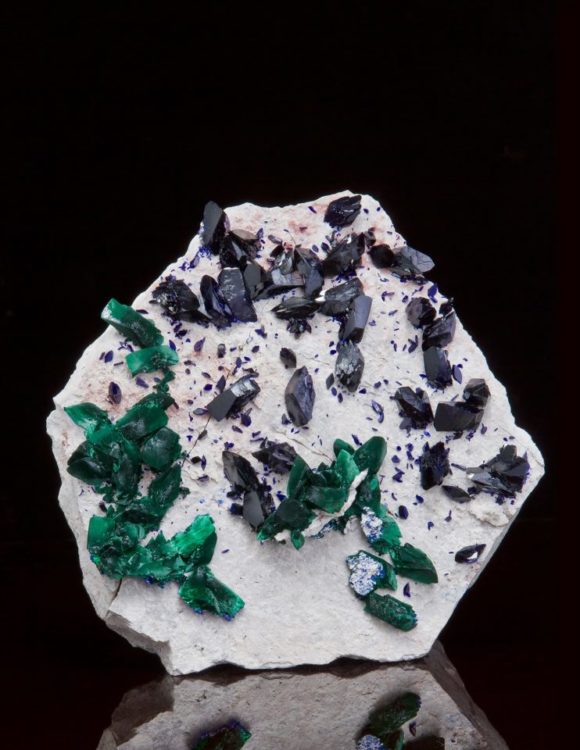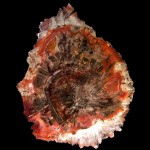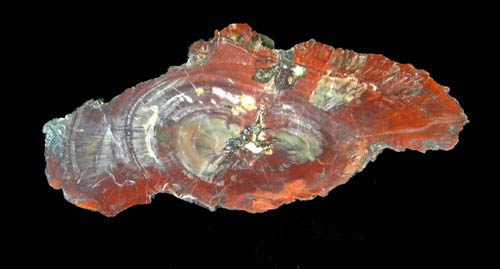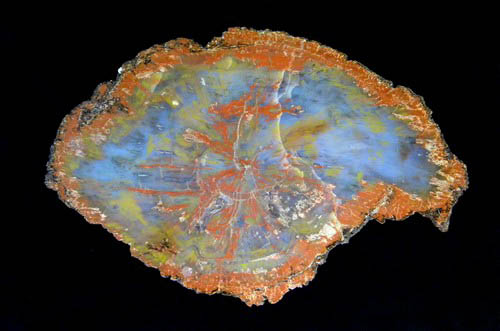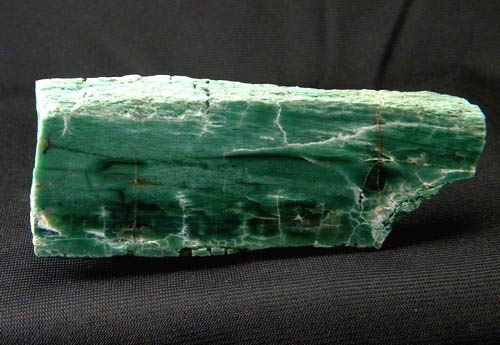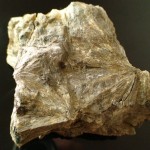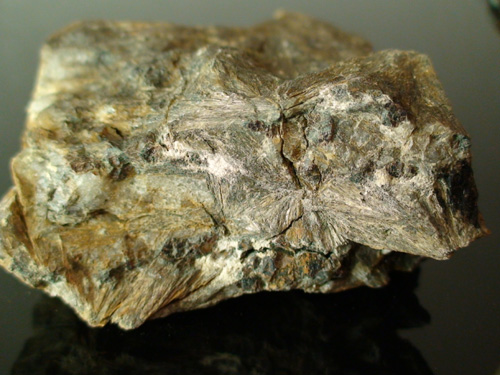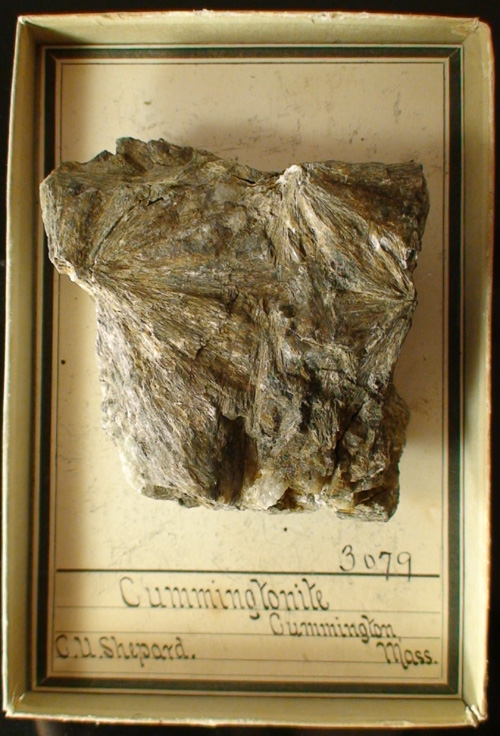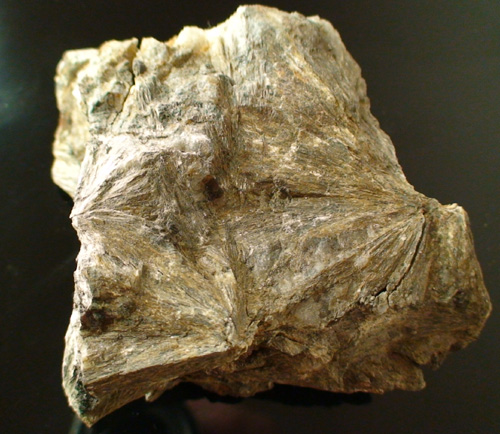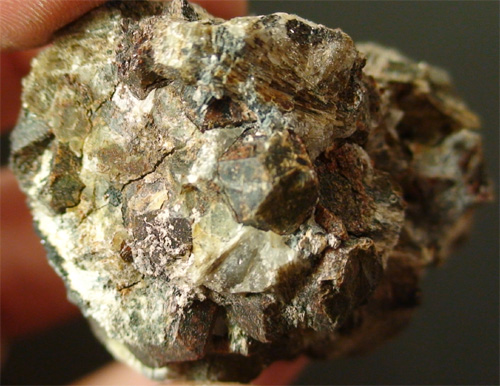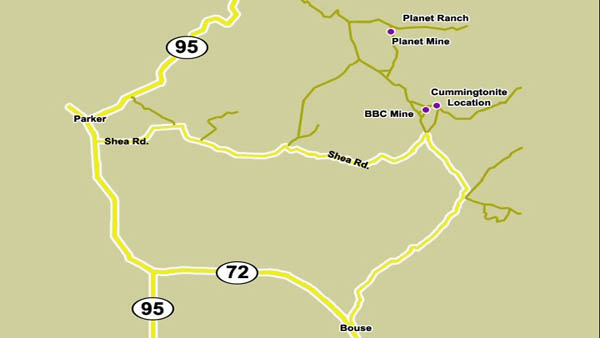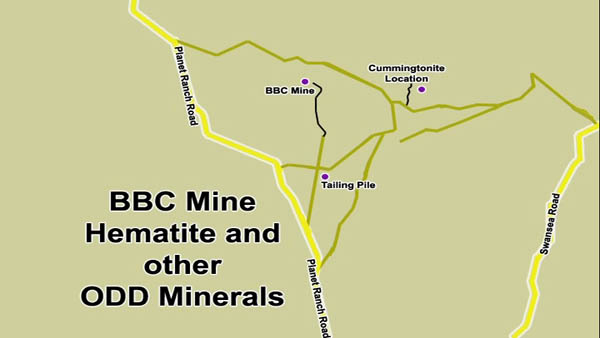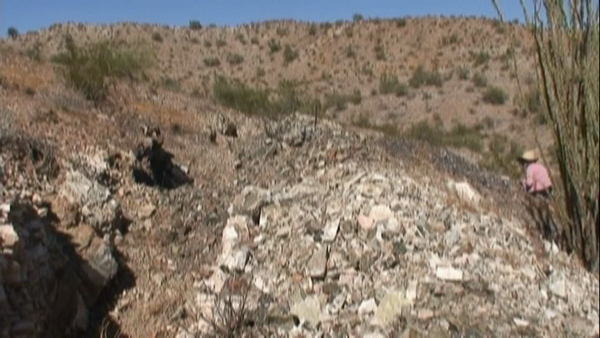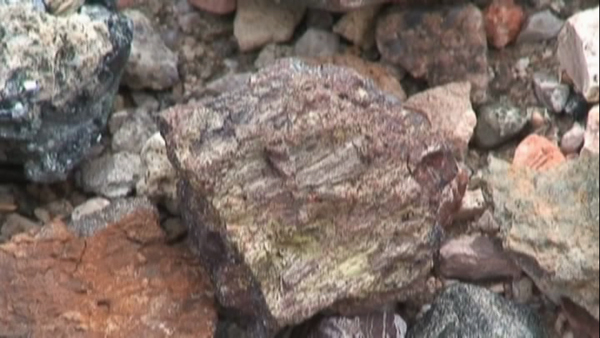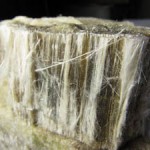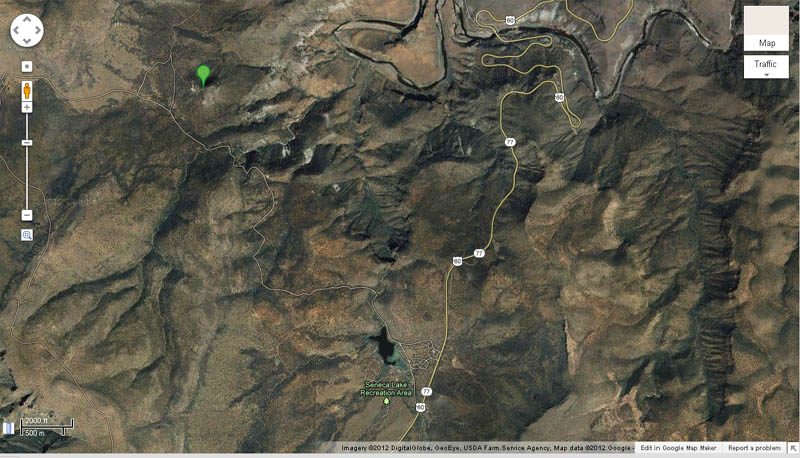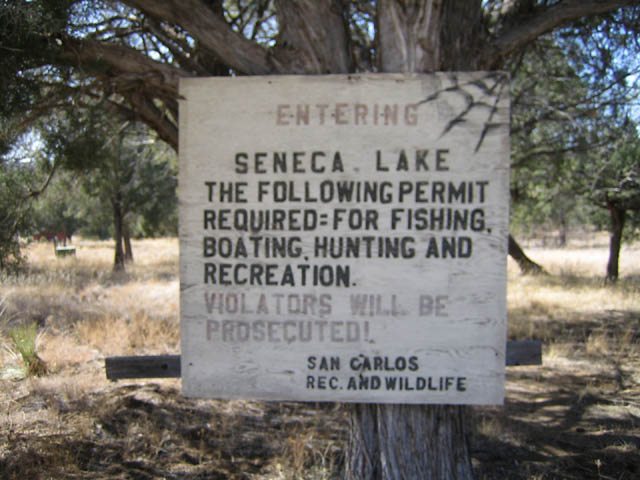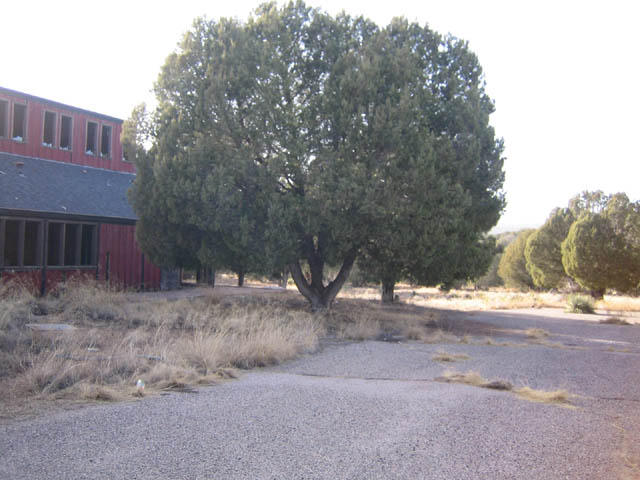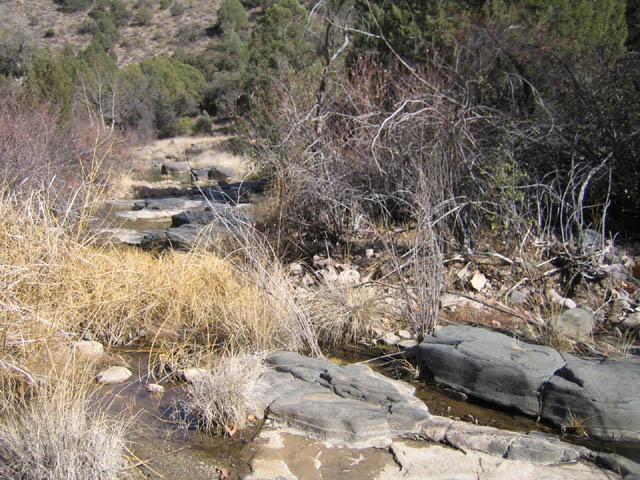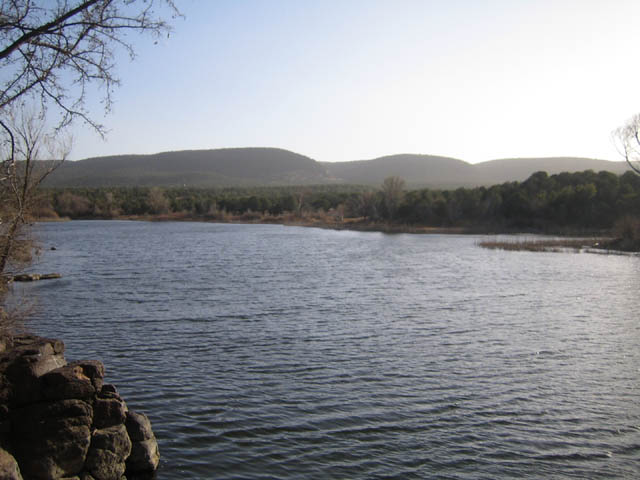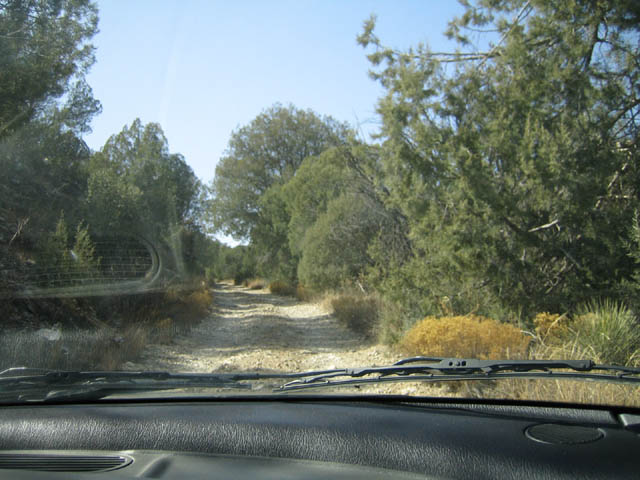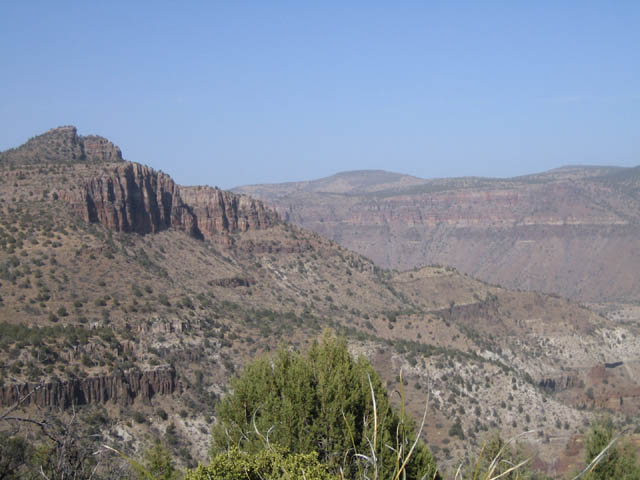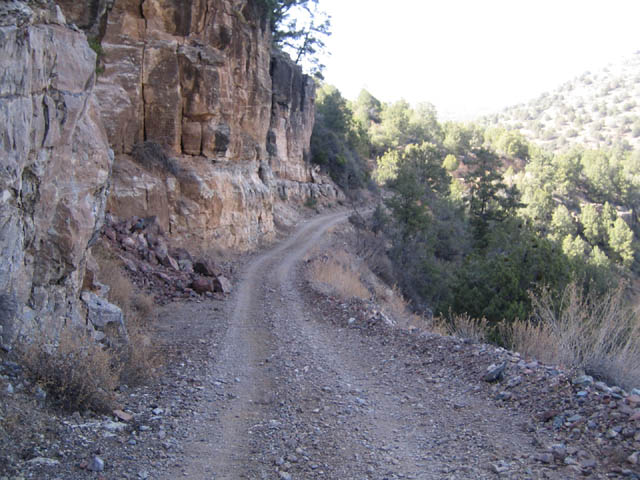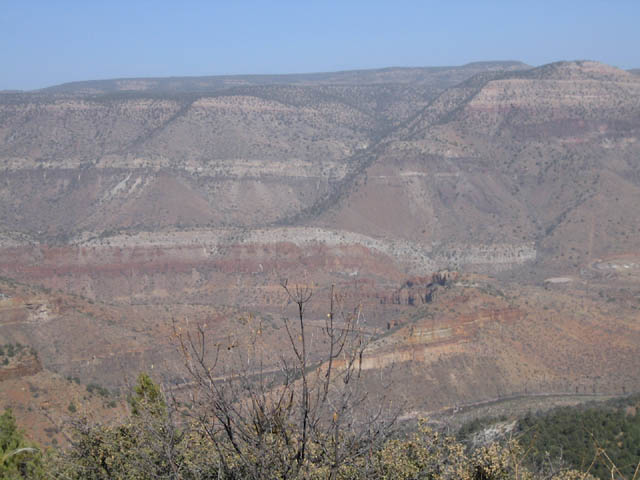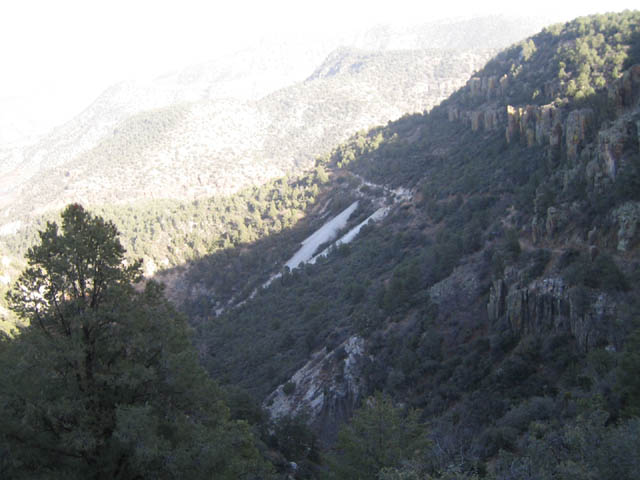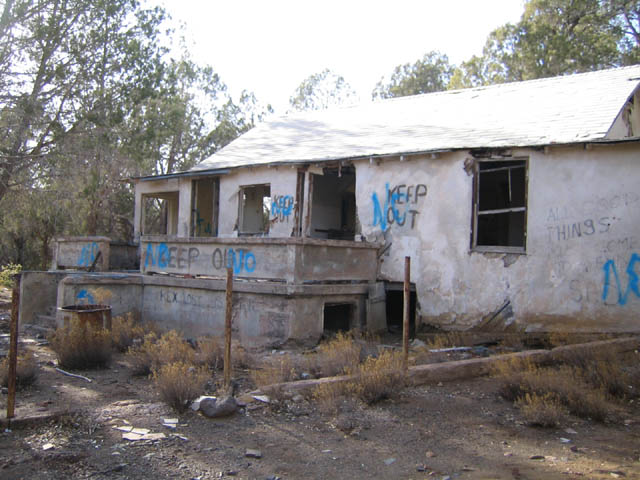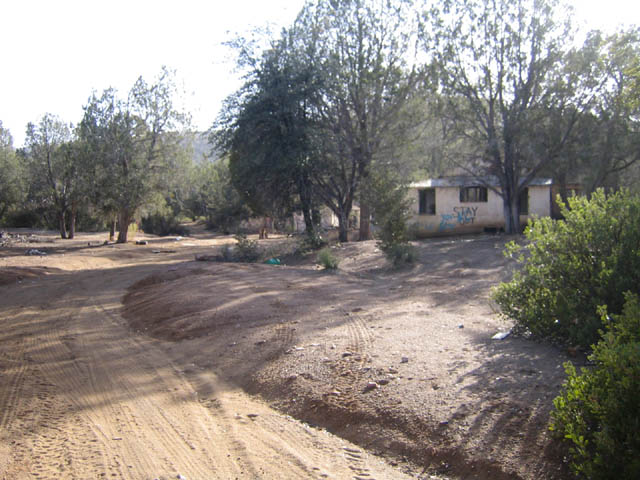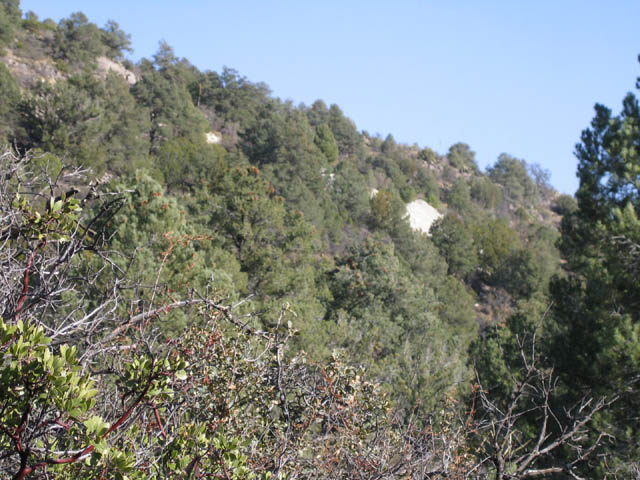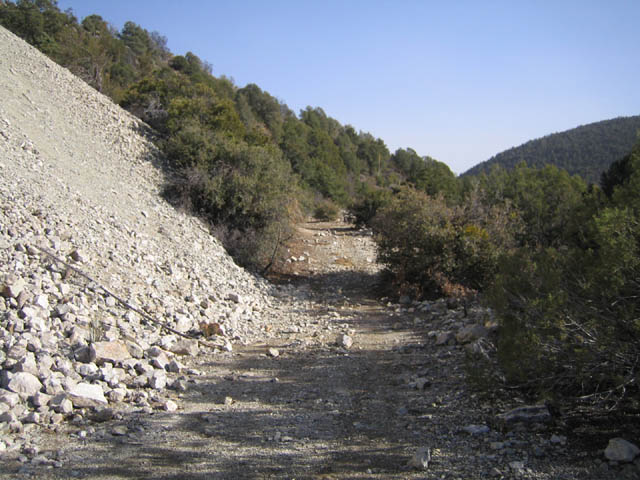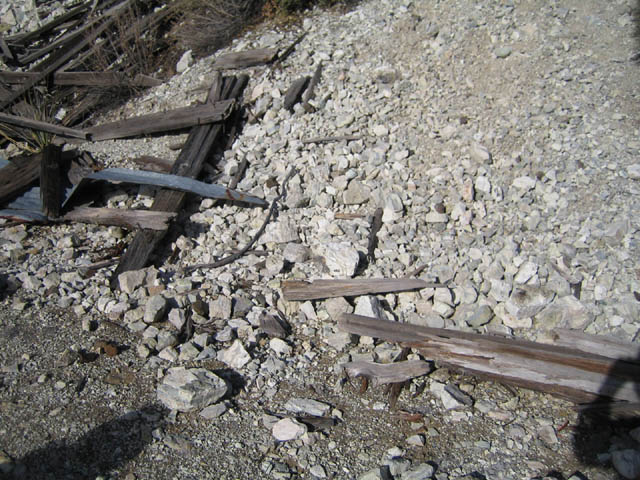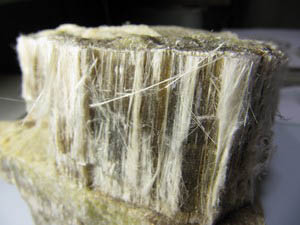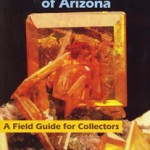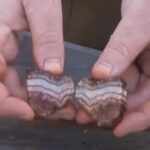
A favorite place of mine to visit has been the barite deposits West of Bouse Arizona, referred to as the Burro Barite Deposits.
This network of shafts and inclines can be 100% avoided, but the colorful chunks of Barite, Quartz, Hematite and Fluorite sure can hop into your bag!
We will show you a map to a great big deposit of ribbon barite you can collect, if you are in the Quartzsite, Parker, Bouse or Wickenburg Arizona area, but first, lets learn a little bit about Barite.
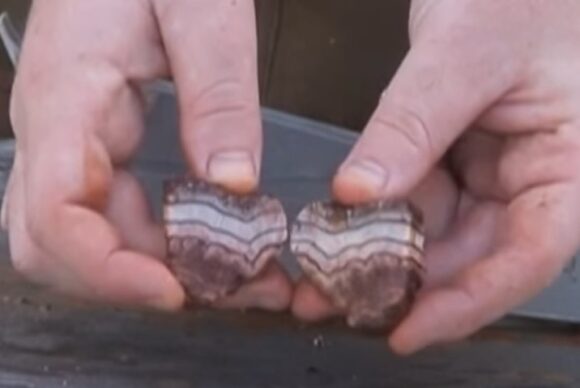
This is a sample of the typical barite found at the Plomosa Road Barite Ridge deposit.
Barite, also known as baryte (for those of the English persuasion), is a mineral composed of barium sulfate (BaSO4). It is a dense, white or colorless mineral with a Mohs hardness of 3-3.5, which means it is relatively soft. Barite occurs in a variety of forms, including tabular, prismatic, and fibrous, and it may have a wide range of colors depending on impurities present in the mineral, such as blue, brown, gray, or red.
Barite is found in a variety of geological environments, including sedimentary rocks, hydrothermal veins, and as gangue mineral in metallic ores. The largest deposits of barite are found in China, India, and the United States. Other significant deposits can be found in countries such as Morocco, Turkey, Canada, and Mexico.
Barite has many uses, primarily in the oil and gas industry as a weighting agent in drilling muds. It is also used as a filler in the manufacture of paints, rubber, and plastics, as well as a component in the production of paper and ceramics. Barite is also used as a flux in glassmaking and as a radiation shielding material in medical and scientific applications.
Barite is generally considered to be non-toxic, but it can be harmful if ingested or inhaled in large quantities. Therefore, proper handling and disposal procedures should be followed when working with this mineral.
Barite is an interesting and versatile mineral that has many characteristics that make it a great addition to any mineral collection. Here are some reasons why barite is a good mineral to collect:
Firstly, barite crystals have a unique and striking appearance. They can come in a variety of colors, including clear, white, yellow, blue, and pink, and can have a variety of crystal habits, including tabular, prismatic, and fibrous. This means that barite crystals can be both beautiful and diverse in appearance, making them an excellent mineral to collect for aesthetic purposes.
Secondly, barite is a widespread mineral found in many geological environments, which means it can be relatively easy to acquire specimens for your collection. The largest deposits of barite are found in China, India, and the United States, and there are many other significant deposits around the world. This means that collectors have the opportunity to obtain specimens from a variety of locations, adding to the diversity of their collection.
Thirdly, barite has many uses in industry and science, which means it can be an interesting and informative mineral to collect. Barite is used in the oil and gas industry as a weighting agent in drilling muds, and as a flux in glassmaking. It is also used as a radiation shielding material in medical and scientific applications. Knowing about these applications and the properties of barite can add to the educational value of a mineral collection.
Overall, barite’s unique appearance, widespread distribution, and versatile uses make it a great mineral to collect.
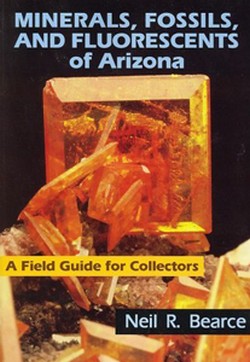 |
Minerals, Fossils, and Fluorescents of Arizona by Neil R. Bearce This book sets the standard for field guides everywhere. Amazing, full of great locations! A MUST own for Arizona field collectors, or those living in nearby states! |
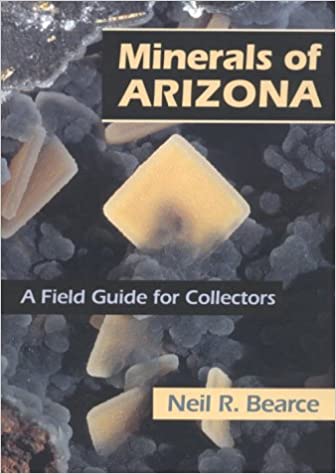 |
Minerals of Arizona: A Field Guide for Collectors by Neil R. Bearce This is the first guide, of the two shown here. good idea to grab both |
Now, you can find your very own Barite from lots of places in the world, but for this fun banded material, you’ll be going to hop onto Plomosa Road just north of Quartzsite and drive 12.2 miles to reach the gravel road to the northwest. Hop off the paved road and turn onto it, then turn left into the wash. You can explore all around that ridge that protrudes out of the wash. It runs for just about 2000 feet.
Years ago a video was made of this location, showing you the area. The audio was done by Rick Kennedy of Earth’s Treasures, in case you were wondering who’s sexy vocals those were.
